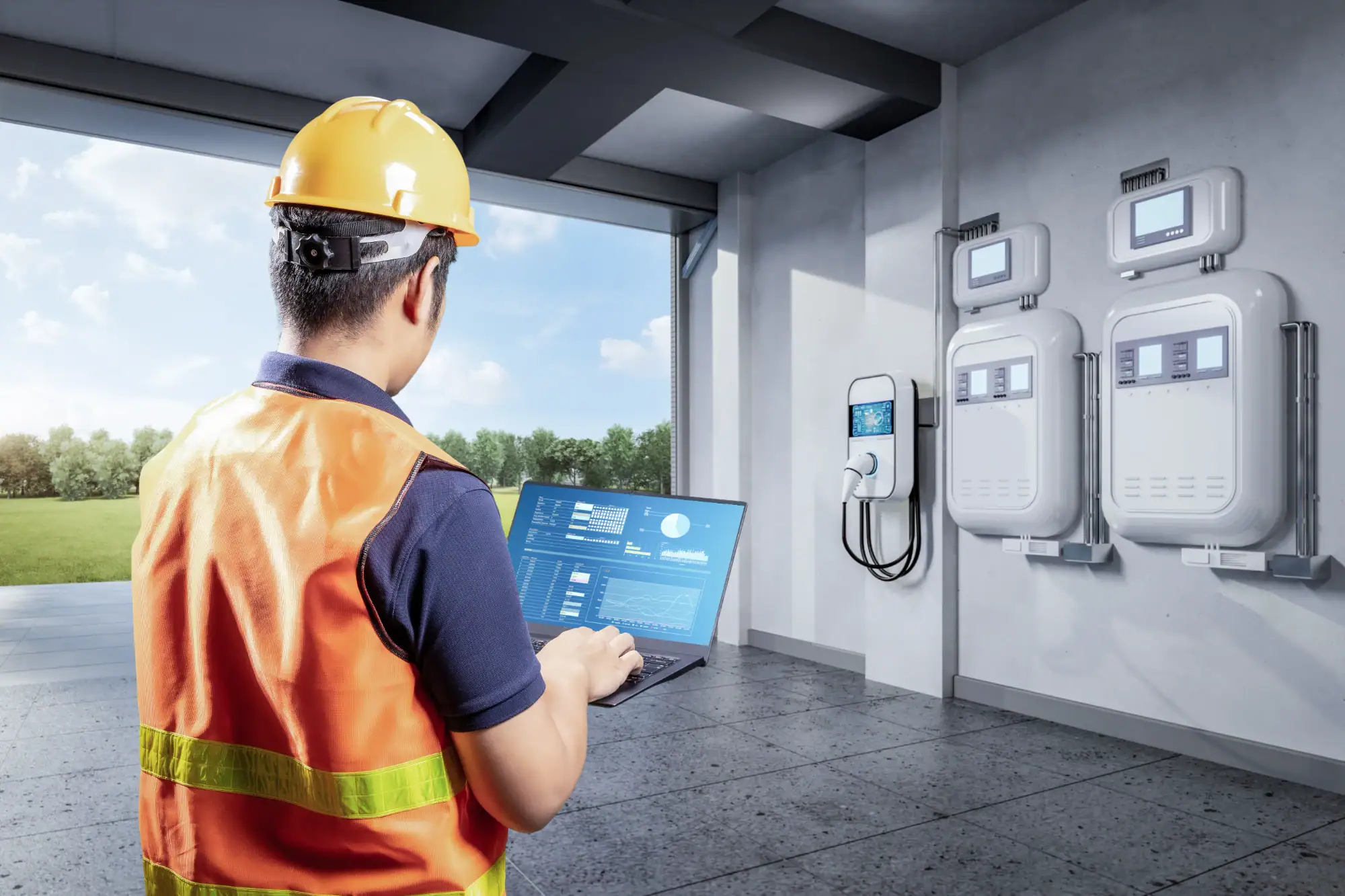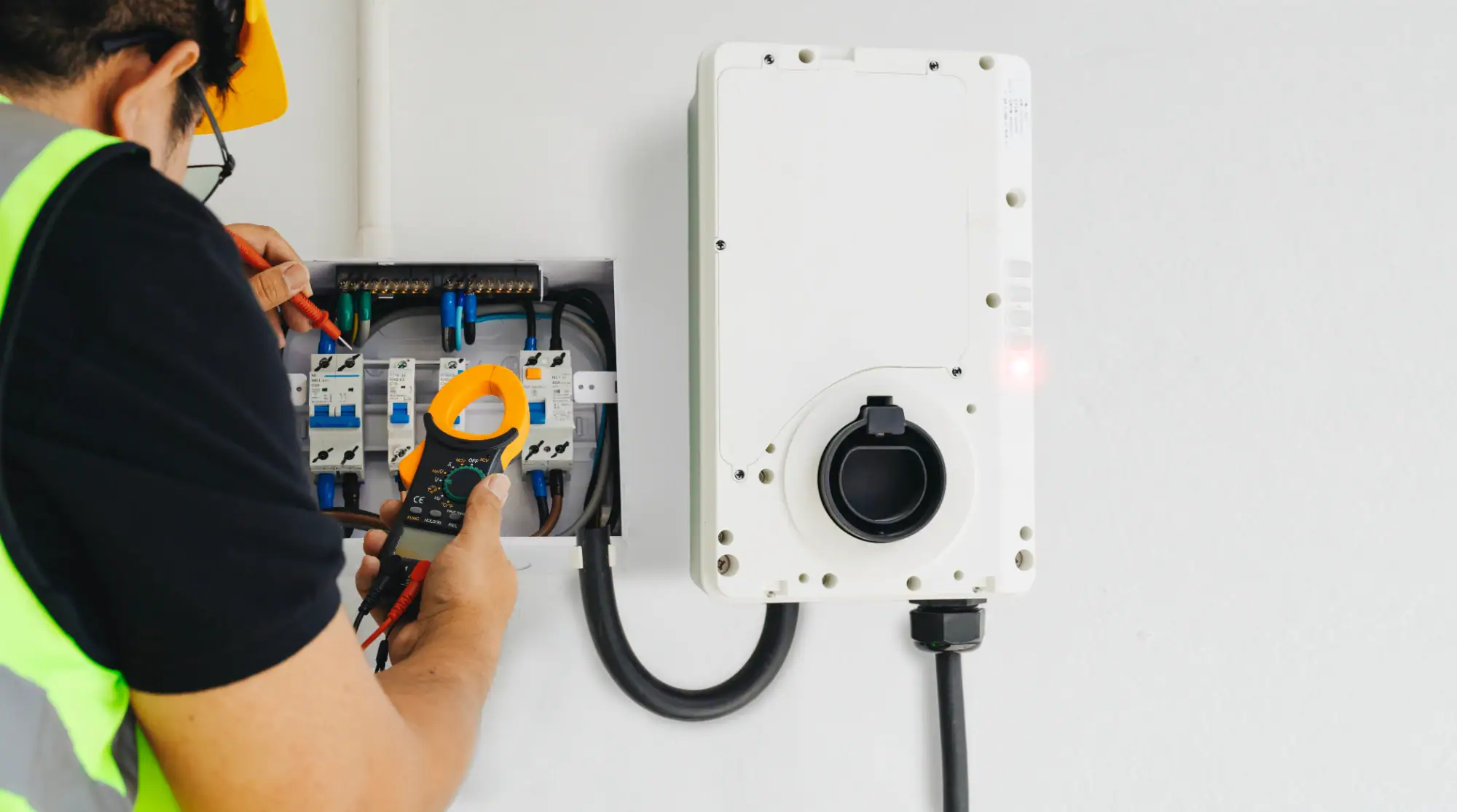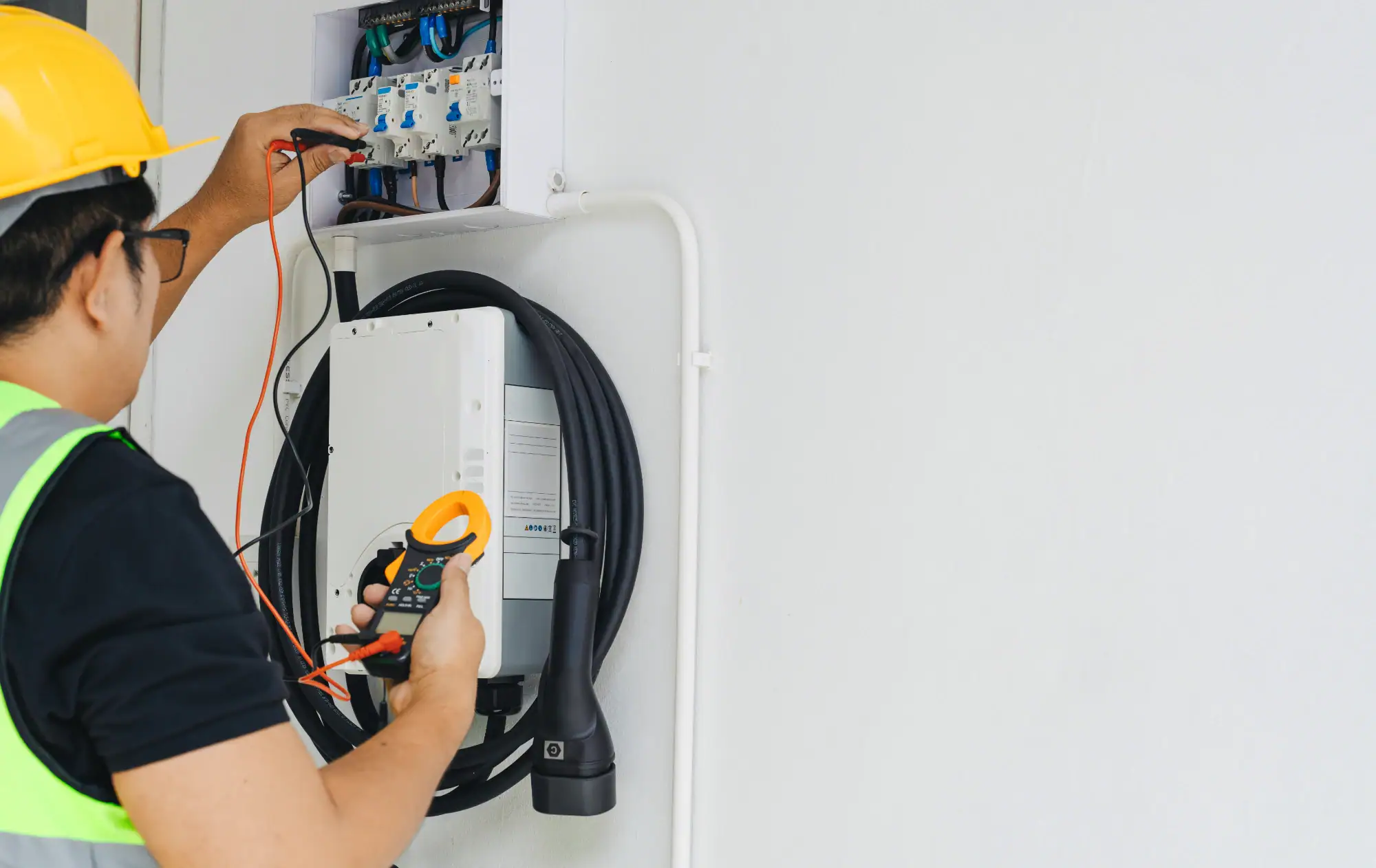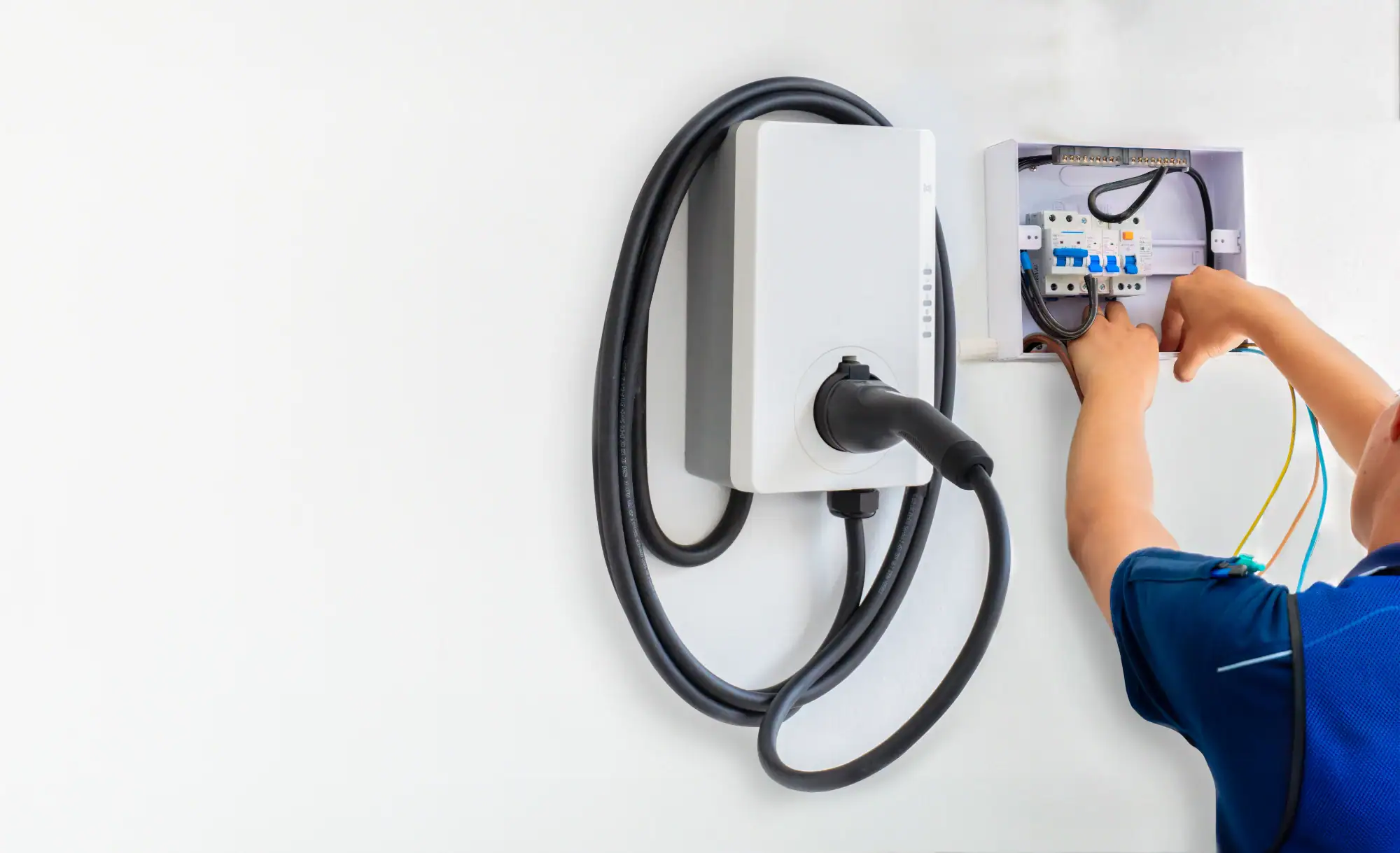Stop hunting for charging stations and waiting in line. Professional EV charger installation means you plug in at night and drive away fully charged every morning.

Hear from Our Customers

You bought an electric vehicle to save money and help the environment. But range anxiety and charging station headaches weren’t part of the plan.
A professionally installed home EV charger changes everything. You’ll charge overnight while you sleep, using off-peak electricity rates that cost pennies compared to gas. No more planning trips around charging stations or sitting in parking lots for an hour.
Your morning routine stays the same, except now you walk out to a car that’s ready for anything. Weekend trips, daily commutes, unexpected errands – all handled without a second thought about battery levels.
We’ve been the go-to electrical service for Orland Park homeowners for over 25 years. We specialize in emergency electrical repairs and complex installations like EV chargers that require real expertise.
Licensed, bonded, and insured, we’ve handled everything from flickering lights to complete panel upgrades. When your electrical system needs work done right the first time, experienced professionals matter.
We offer discounts for military, first responders, seniors, teachers, and students because we believe everyone deserves reliable electrical service.

First, we assess your electrical panel and determine if you need any upgrades to handle the new charger load. Most homes built in the last 20 years have adequate capacity, but older homes might need panel work.
Next, we install the appropriate circuit and wiring from your panel to the charging location. This includes running conduit and wire through walls or along exterior surfaces, depending on your setup.
Finally, we mount and connect your EV charger, test everything for proper operation, and walk you through how to use it. We handle all permits and inspections, so you don’t have to deal with city paperwork.

Ready to get started?
Illinois residents can access incredible rebates right now. ComEd offers up to $3,750 for Level 2 charger installation, and the Illinois EPA provides additional rebates covering up to 80% of project costs. Federal tax credits add another 30% up to $1,000.
Orland Park has 27 public charging stations within 15 kilometers, but that’s not enough for the growing number of EV owners in the area. Home charging eliminates the competition for public stations and gives you complete control over when and how you charge.
Level 2 chargers are perfect for most homeowners, adding 25-40 miles of range per hour of charging. That means even a short overnight charge gives you plenty of range for daily driving, and a full night gets you ready for longer trips.
